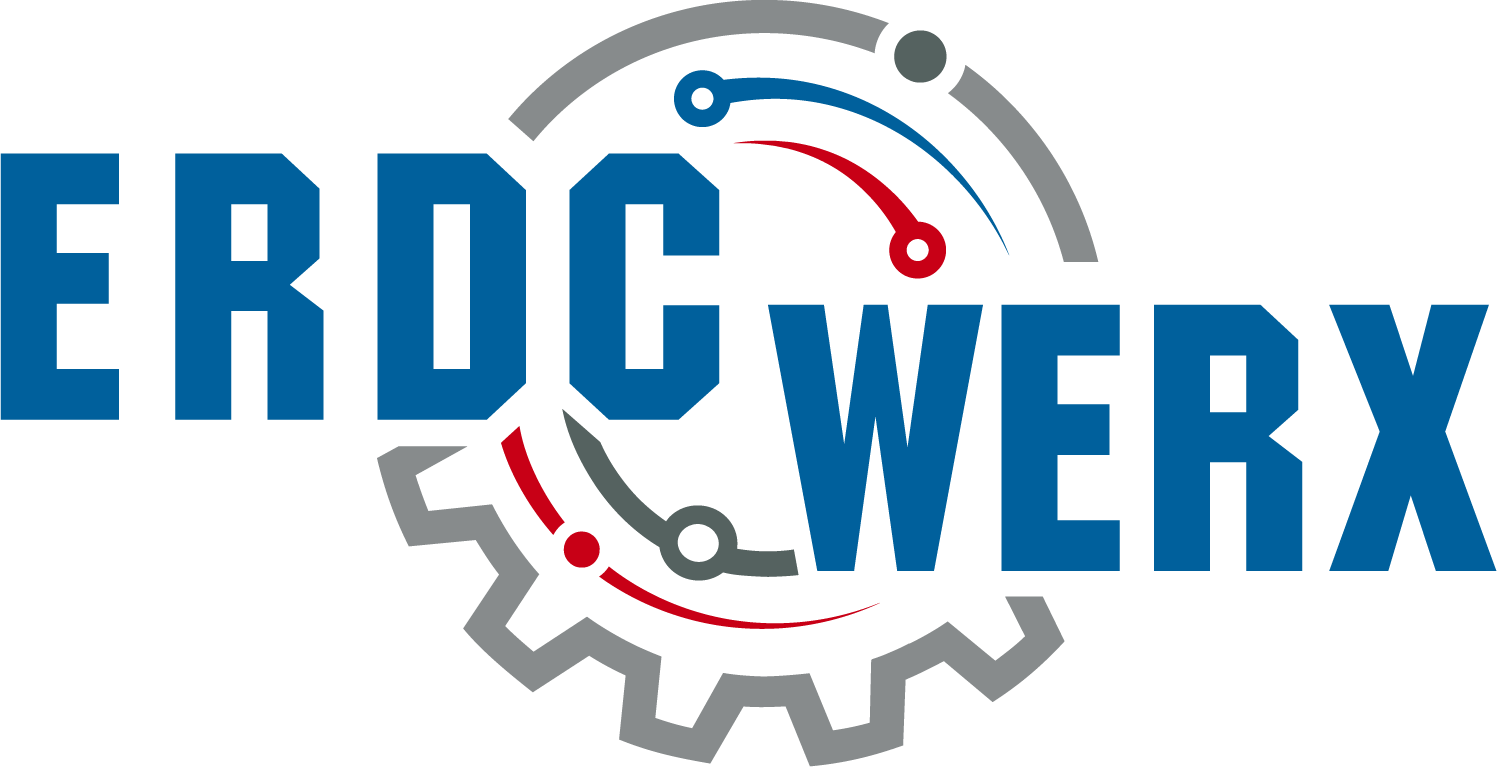Overview
The U.S. Army Corps of Engineers (USACE), Engineer Research and Development Center (ERDC), seeks to create an innovative tool to aid in implementing the Clean Water Act post-Sackett definition of “Waters of the United States” (WOTUS). This includes nationwide geospatial tools to help the U.S. Army Corps of Engineers (USACE) efficiently and accurately identify and characterize locations of areas that are not WOTUS under the Clean Water Act jurisdiction. The challenge focuses on leveraging readily available remotely sensed and geospatial data to develop a geospatial framework with traceable decisions and uncertainty quantification to standardize, streamline, and accelerate decision-making.
Project Objective
This tech challenge aims to identify and evaluate innovative solutions capable of delivering a traceable, consistent, automated, and repeatable methodology for the U.S. Army Corps of Engineers (USACE) to use for producing a high resolution, comprehensive geospatial tool to help identify areas on federal land that do not meet the definition of “Waters of the United States” under the Clean Water Act. This determination would then be followed by the identification of areas on federal land that are irrefutably “Waters of the United States” post-Sackett. The effectiveness of the tool on the federal land test areas will inform whether and how the Corps might adopt this tool for broader decision-making. The desired outcome is an integrated decision-support tool that significantly enhances and advances the spatial accuracy, temporal currency, and analytical utility of existing data, driving efficiency gains for USACE to use in implementing the law.
Project Manager
U.S. Army Engineer Research and Development Center (ERDC) in support of the U.S. Army Corps of Engineers (USACE)
Background and Operational Scenarios
USACE implements Section 404 of the Clean Water Act (33 U.S.C. 1344), which requires Department of the Army permits for the discharge of dredged or fill material into “Waters of the United States” (WOTUS). Identification and delineation of the geographic extent of “Waters of the United States” has been a first step in the USACE Clean Water Act permitting process. These are commonly referred to as jurisdictional determinations. USACE has also provided these determinations separate from the permitting process. To enhance the overall efficiency, speed, and accuracy of determinations regarding WOTUS, ERDC seeks to identify and evaluate technical solutions that effectively identify areas not classified as WOTUS as the starting point.
Requirements
Participants are invited to submit white papers (3-5 pages) outlining solutions for accurately identifying areas nationwide that are not WOTUS, as well as for identifying, characterizing, and depicting locations that are irrefutably WOTUS post-Sackett.
Proposed solutions should fully describe the following:
- Methodologies and readily available data sources for development, key technical processes, accuracy assessments, and appropriateness for application.
- Key data sources should provide sufficient resolution to support site-level decisions, such as remote imagery with a spatial resolution of 30 meters or better, at least four spectral bands (visible to near-infrared), and a revisit frequency of monthly or more frequent.
- Advantages or disadvantages of the proposed approach relative to existing documented methods and tools produced within the last 10 years.
- Technology Readiness Level (TRL) of the solution and any modifications needed for USACE regulatory applications (TRL 5 or earlier, not available without substantial research; TRL 6 or 7, minor modifications needed before implementation; TRL 8 or 9, ready for immediate use for applications of interest).
- Limitations, barriers, dependencies, assumptions, and challenges related to scalability, accuracy, transparency, implementation, and maintenance.
- Conceptual estimate of schedule and scope required for development and operationalizing solutions.
- Traceable logic tying the output of the tool to a rule defining WOTUS post-Sackett and to the Clean Water Act itself.
- The automated ability to produce a narrative describing such traceable logic.
Particular attention should be given to:
- Demonstrating feasibility for nationwide scalability and implementation as a USACE decision-support tool
- Initially focusing on accurately identifying areas that are not WOTUS followed by identification of (location, extent, type) areas that are irrefutably WOTUS, including uncertainty quantification.
- Tools to assess hydrologic connectivity and annual, seasonal, and/or short-term hydrologic and hydrodynamic patterns (e.g., frequency and duration)
- Developing an accurate, scalable, and reproducible workflow for continuous surface connection and streamflow characterization
Estimated Government Funding Profile
Funding is not currently available for this project. Resources may be allocated in the future. This is a Request for Information (RFI) only and any response is not an offer. This announcement does not commit ERDC or ERDCWERX to pay any costs incurred in preparation of a response or guarantee a contract.
Estimated Period of Performance
From point of selection to participation in Phase II virtual pitches or Phase III workshop (see notional project schedule)
Expected Result
Phase I: ERDC and its federal partners will gain an understanding of the market and assess the applicability of existing solutions.
Phase II: Down-selected parties from Phase I will conduct virtual pitches to explain their capabilities to USACE and other subject matter experts and stakeholders.
Phase III: ERDC plans to host a one-day workshop with down-selected parties from Phase II to include participants from USACE and other subject matter experts and stakeholders. This workshop will include:
- Evaluation of the state of capabilities for high-resolution and comprehensive geospatial display of areas that are not WOTUS as the first priority, followed by the identification of areas that are irrefutably WOTUS.
- Evaluation of technical gaps and barriers, as well as identification of approaches to rapidly overcome them through research, development, testing, or evaluation.
- Identify scope and scale of any potential future actions.
Findings of this workshop may be documented through a special report.
Submissions may be shared as appropriate with other government stakeholders. The government has the authority to decline all submitted proposals.
Evaluation Criteria
Submitted white papers alongside and the company information will be evaluated to select companies for the next phase. The following metrics will be evaluated to determine an overall score for each submission.
- Technical merits
- Technology Readiness Level
- Adherence to the Sackett Decision or to the elements introduced by the Sackett Decision and any subsequent resultant rule-making
- Submitter’s business viability, relevant expertise, organizational capacity, capabilities
- National scalability and feasibility
- Advantages over other current documented methods and tools
Notional Project Schedule
Proposed project milestones include:
| November 17, 2025 | Project Announced, Submissions Open |
| December 5, 2025 | Question Period Ends, FAQ Document Finalized |
| December 12, 2025 | Submissions Close |
| December 2025 | Review Period, Virtual Pitch Hosted (if needed) |
| December 19, 2025 | Downselected Offerors Notified of Potential Next Steps |
| January 5-9, 2025 | Virtual Pitches Hosted for Second Downselect |
| February 2026 | Tech Challenge Workshop for Second Downselected Offerors |
*Dates may vary to accommodate the project team and participant availability. The government may accelerate the pre-proposal review/feedback timeline, and therefore also require earlier delivery of full proposals.
Project Security Classification
This project announcement is unclassified.
Awards
How to Participate
- Submit specific details by providing a white paper (download template)
- Review FAQs
- Once solution is ready to submit, complete the submission form
Questions: Please send all technical and administrative questions using this form. Q&A will be updated periodically. It is the responsibility of the offeror to review Q&A prior to submitting.


